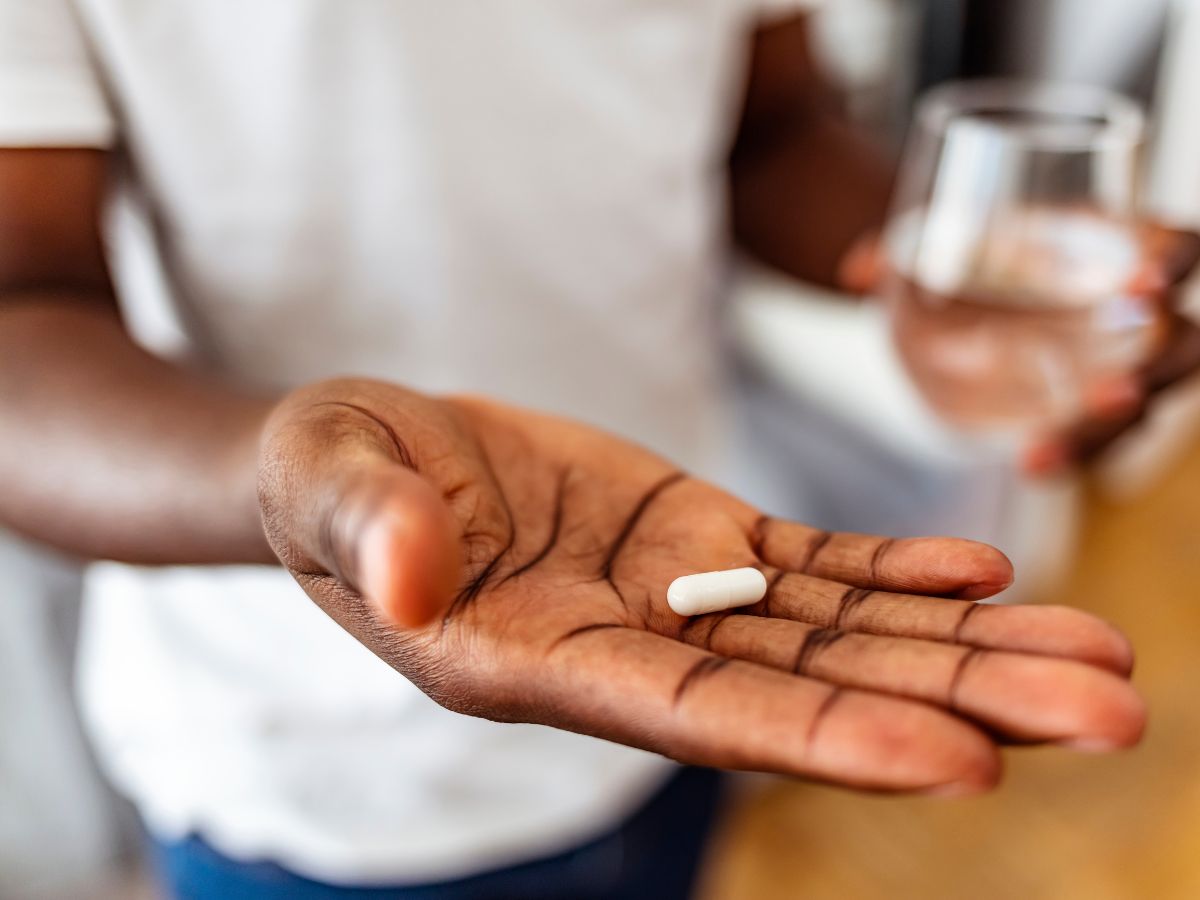hCG is potentially your key to addressing infertility and increasing virility! Studies using hCG to stimulate sperm production in men with low testosterone have had impressive results! Strap in for some science, because we’re going to talk about how hCG can allow men who are looking to restore their hormonal balance to consider having children! Hypogonadism in all its varieties is heavily correlated with infertility, and men typically lose 1-2% of their testosterone per year as they age, [6] putting them at risk of developing hypogonadism, but hormone replacement therapy can help.
You might be wondering what the best online testosterone replacement therapy (TRT) is for hypogonadic men; you can be assured Science&Human has you covered every step of the way in determining your unique protocol. Hormonal processes are complex, so our registered clinicians will show you how to get trt, guide you through the benefits of online testosterone replacement therapy, and help you find out what testosterone replacement doses might be combined with hCG and hair loss medications to get you all the results you need. Managing testosterone replacement therapy side effects means it is critical you work with Science&Human’s TRT clinic regularly to ensure you reach all your goals, including if that means wanting kids in the future!
hCG Helping with Fertility
hCG, which stands for Human Chorionic Gonadotropin, has been shown to create higher amounts of fast-moving and dense sperm. [1] Using hCG, hypogonadal patients have been observed being able to bolster their sperm count high enough to conceive. [2] There were two studies, one in 2004 and another in 2009, showing cases of hypogonadic hypogonadism (that’s hypogonadism caused by the pituitary or hypothalamus gland malfunctioning) where patients went from fully infertile to being able to produce sufficient sperm to create a child through intracytoplasmic sperm injection. [3] Infertility in those studies was defined by having unprotected fertilization-condusive sex for a year resulting in no pregnancy, and intracytoplasmic sperm injection is a process where sperm is injected into a mature egg to assist with conception.
How hCG Works
Did you know that hCG is - somewhat fittingly for its fertility-inducing properties - a chemical derived from the placenta and urine of pregnant women? That means it's an all natural identical match to critical hormones already in your body, including luteinizing hormone (LH), follicle stimulating hormone (FSH), and human thyroid-stimulating hormone (TSH).[5] hCG can result in healthy sperm generation and here’s how: it increases luteinizing hormone (LH) changes how certain cells important to sperm production (Leydig cells) proliferate and mature, so when there is low luteinizing hormone in the body, sperm is not able to be created. Sperm creation also requires high levels of testosterone generated in the testes.[4] Studies have shown that using hCG at an ideal dose (around 250-500 IU) can cause testosterone production from the testes to rise! [5] At Science&Human we sell hCG, both generic versions of hCG and in the brand name Pregnyl, for use as a daily injectable to keep your hormone levels even and without spiking.
hCG or Testosterone?
hCG is commonly taken by young gentlemen who don’t have full symptoms of hypogonadism, and might not want to start into full blown TRT yet. By initiating mono hCG therapy they may be able to stimulate their natural testosterone production without creating any dependency on TRT and infertility, and it will still improve symptoms. If you were forced to choose between hCG and TRT, - although Science&Human patients aren’t forced to choose, they could take both! - the reason to choose hCG over the usual testosterone replacement therapy benefits would be hCG’s value to fertility. Side effects of testosterone replacement therapy include reduction in sperm volume and motility. [4] A study of men aged 50+ showed hCG also corrected chronic vitamin D deficiencies and lowered estradiol (a female secondary sex hormone) compared to a group of men taking only T. [1] So get in on hCG and work with Science&Humans’s clinicians to work out your preferred protocol today!
Are you figuring out what symptoms you might have, and want to get a definitive answer? Test for low Testosterone now with Science&Human. Why wouldn’t I just always pair hCG with TRT? How much does testosterone therapy cost if I add in hCG? hCG costs around $100 a month and isn’t covered by most health insurance, so if swinging the cash isn’t feasible for you, our registered clinicians may suggest freezing your sperm instead. At Science&Human, we get that your protocol has to work for you long-term, fiscally as well as physically. Online testosterone replacement therapy once begun should remain part of your day-to-day indefinitely, and at Science&Human we check in about how you’re feeling about your Testosterone Replacement Therapy options (and do your bloodwork) every 3 months.
References(1) Late-onset hypogonadism: the advantages of treatment with human chorionic gonadotropin rather than testosterone, 2015 https://www.tandfonline.com/doi/full/10.3109/13685538.2015.1092021?src=recsys (2) Hypogonadotropic Hypogonadism 23 With Or Without Anosmia; HH23 https://omim.org/entry/228300 (3) Testicular Effects of Isolated Luteinizing Hormone Deficiency and Reversal by Long-Term Human Chorionic Gonadotropin Treatment, 2009 https://academic.oup.com/jcem/article/94/1/3/2597479 (4) Human chorionic gonadotropin treatment: a viable option for management of secondary hypogonadism and male infertility (2020) https://www.tandfonline.com/doi/full/10.1080/17446651.2021.1863783?src=recsys (5) ODPRN Comprehensive Research Plan: Testosterone Replacement Therapy, 2014 (6) https://www.health.harvard.edu/mens-health/treating-low-testosterone-levels |

_1000.png)


